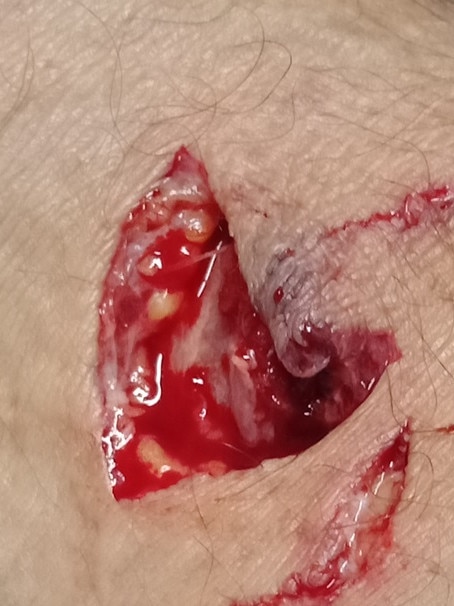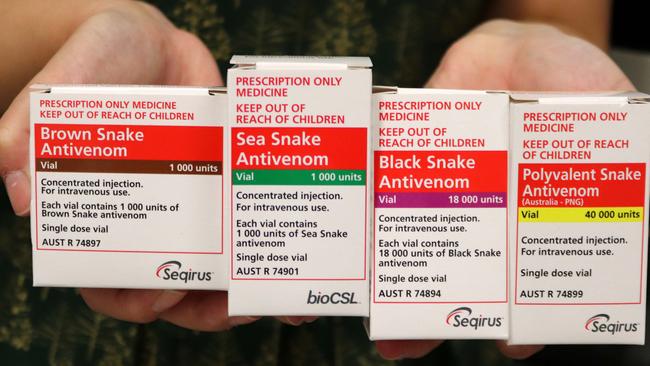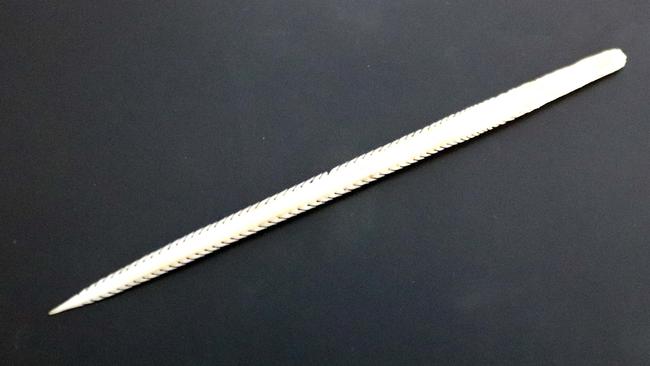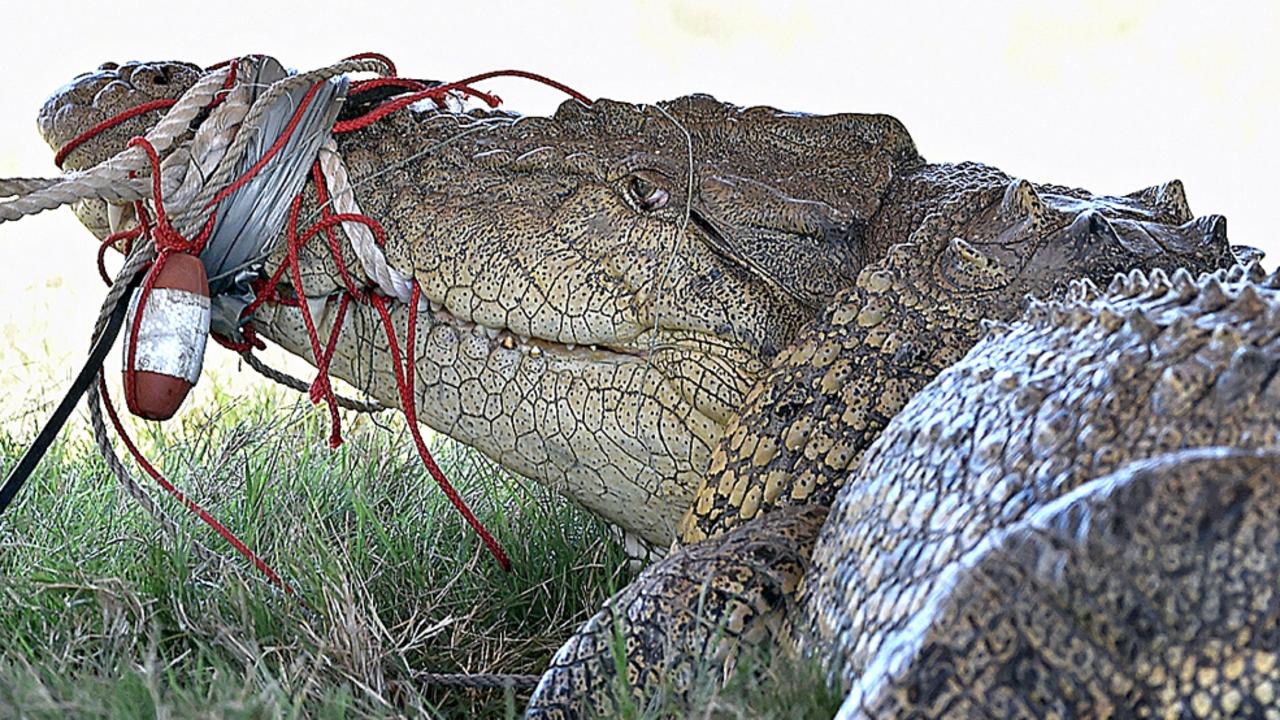FULL LIST: The bites and stings through our ED this year
It's not just animals, reptiles and insects our Mackay Isaac Whitsunday doctors had to deal with in 2020.

Mackay
Don't miss out on the headlines from Mackay. Followed categories will be added to My News.
More than 900 people have been treated for bites and stings in Mackay Hospital and Health Service's eight emergency departments so far this year.
Dog bites topped the list with 256 presentations with mammal bites exceeding insect, reptile and marine stings.
Mackay is consistent with the national data that shows 80-90 per cent of bites are from dogs, with cats 5-10 per cent followed by humans and rodents 2 per cent.
Mackay Base Hospital emergency medicine specialist Dr Andrew Brier said an animal bite could range from physical tissue damage needing surgery to envenomation from a bite or sting.
"Knowing what animal caused the injury is the start and will determine what treatment is required," he said.
Dr Brier said dog bites were most common, with cats and even humans responsible for some of the bites.
"Cat bites are generally worse for infections than dog bites, however human bites are worse than cat bites in terms of the infections you can get," he said.

Dr Brier said dog bites were occasionally random but generally from a dog known to the person.
"Often it's a visitor to the house and the pet gets startled," he said.
Medical advice is to wash all bite wounds as quickly as possible and douse with antiseptic to reduce the risk of infection.
"If you come to emergency we assess where the bite is and whether there is potential for retained foreign bodies such as a tooth and whether there is damage to blood vessels,
muscles or tendons that may need surgical repair," Dr Brier said.
"We will review the wound and most likely get an x-ray to check there is nothing inside that
shouldn't be there.
"I have seen wounds with a tooth in them, it's uncommon, but in older cats and dogs with poor dentition the teeth may break off.
"We will also ask about your tetanus status and more than likely you will get a booster if there is any doubt and antibiotics may also be prescribed," he said.
Dr Brier said human bites that left an indent but did not break the skin were of no consequence.
"Most of the human bites we see is what we call a 'fight bite' when someone is punched in the mouth and their teeth have lacerated the knuckles," he said.
"These bites can introduce bacteria that can go through to the joint and tendons.
"Given your hands are very important these injuries often have a surgical washout so you don't get permanent dysfunction, infection or scarring."

EMERGENCY DEPARTMENT PRESENTATIONS
January - November 2020
Bitten or stung by non-venomous insect and other arthropods 263
Dog bite 256
Snake bite 139
Insect bite 53
Other animal bite / sting 50
Spider bite 43
Cat bite 27
Human bite 19
Jellyfish sting 16
Stonefish sting 14
Bitten or struck by a mammal 12
Irukandji sting 11
Sea snake bite 1
Stingray sting 5
Rat bite 2
Marine
The rule of thumb for marine stings is to apply hot water as most venom is made inactive by heat.
The exception to this rule is box jellyfish stings which are best treated with vinegar.
Dr Brier said the pain of other jellyfish, stingrays and stonefish stings could be relieved by plunging the affected area into water as hot as the person could stand, but not so hot it
damaged the skin.
"The only time you wouldn't do this is for a box jellyfish sting and that is quite obvious from the ladder tentacle pattern," he said.

Stingray
A 10cm stingray barb pulled from the Achilles tendon of a man walking in Eimeo Creek was a memorable introduction to marine stings for Dr Brier.
"I was a medical student at the University of Queensland on placement here in 2009 when the man came into ED after being stung while walking in the shallows," he said.
The cleaned barb has since been kept for teaching and education in the Mackay Base Hospital emergency department.
Dr Brier said sting ray barbs were difficult to remove as the barbs faced backwards.
"This means they slide in easily but can damage tissue and break off when you try and pull them out," he said.

"They are not particularly venomous, but the severity of the sting does depend on whereabouts on the body you are stung."
Although stingrays have venom in their tail, the trauma of the injury is usually more important
than venom-mediated effects.
Stingrays usually rest on the bottom of the water and most commonly cause an injury when they are unwittingly trodden on.
This makes the stingray reflexively whip its tail upward and into the person's foot or ankle.
Injuries to the hands can occur if the fish are handled and rarely divers can sustain injuries to the chest or abdomen that cause serious trauma or death.
The sharp bony spine produces a laceration and simultaneously leaves venom in the wound.
Subscriber benefits:
Your dose of Harry Bruce cartoons
How to make the most of your Mercury subscription
Daily puzzles and Sudoku another reason to stay subscribed
We're still here: How to contact your journalists
Share your thoughts on this issue through a letter to the editor:


